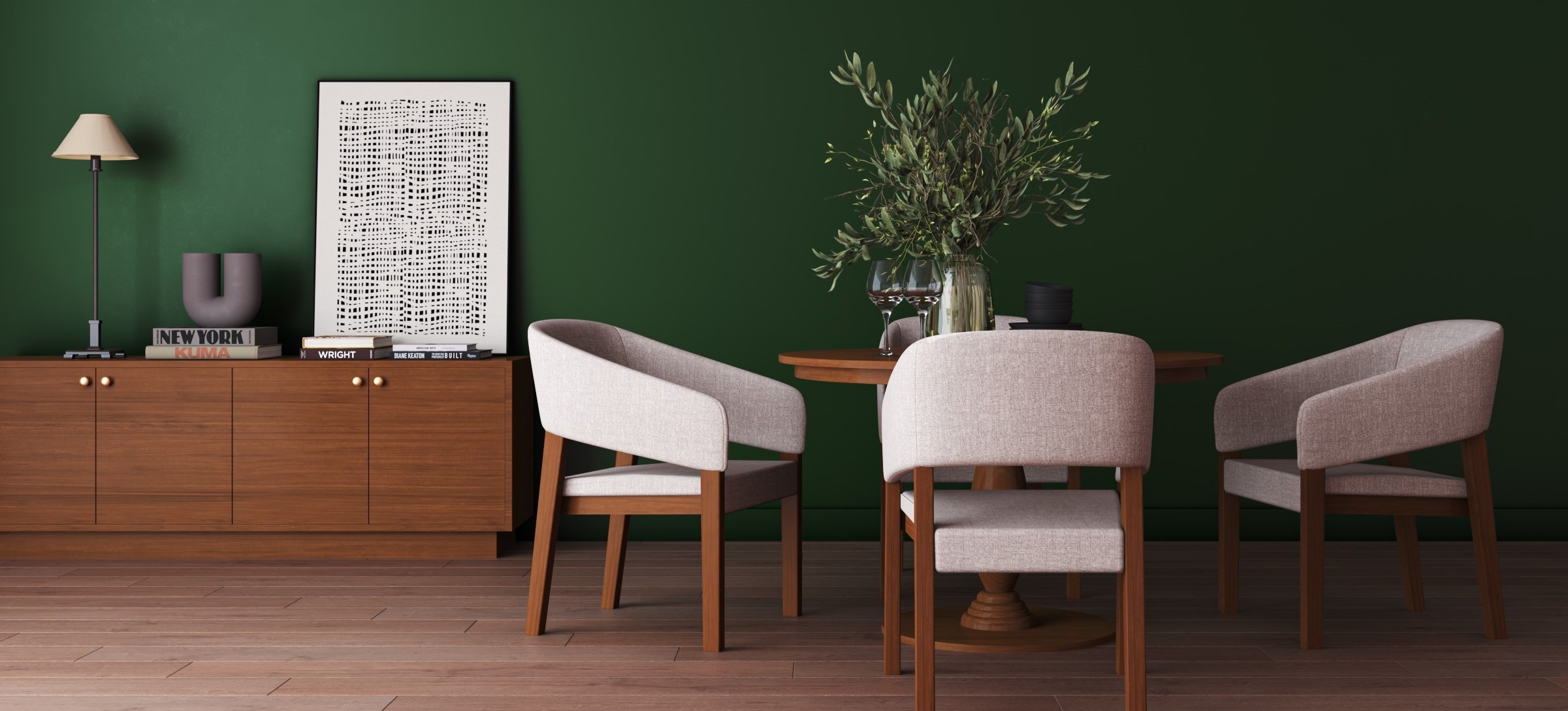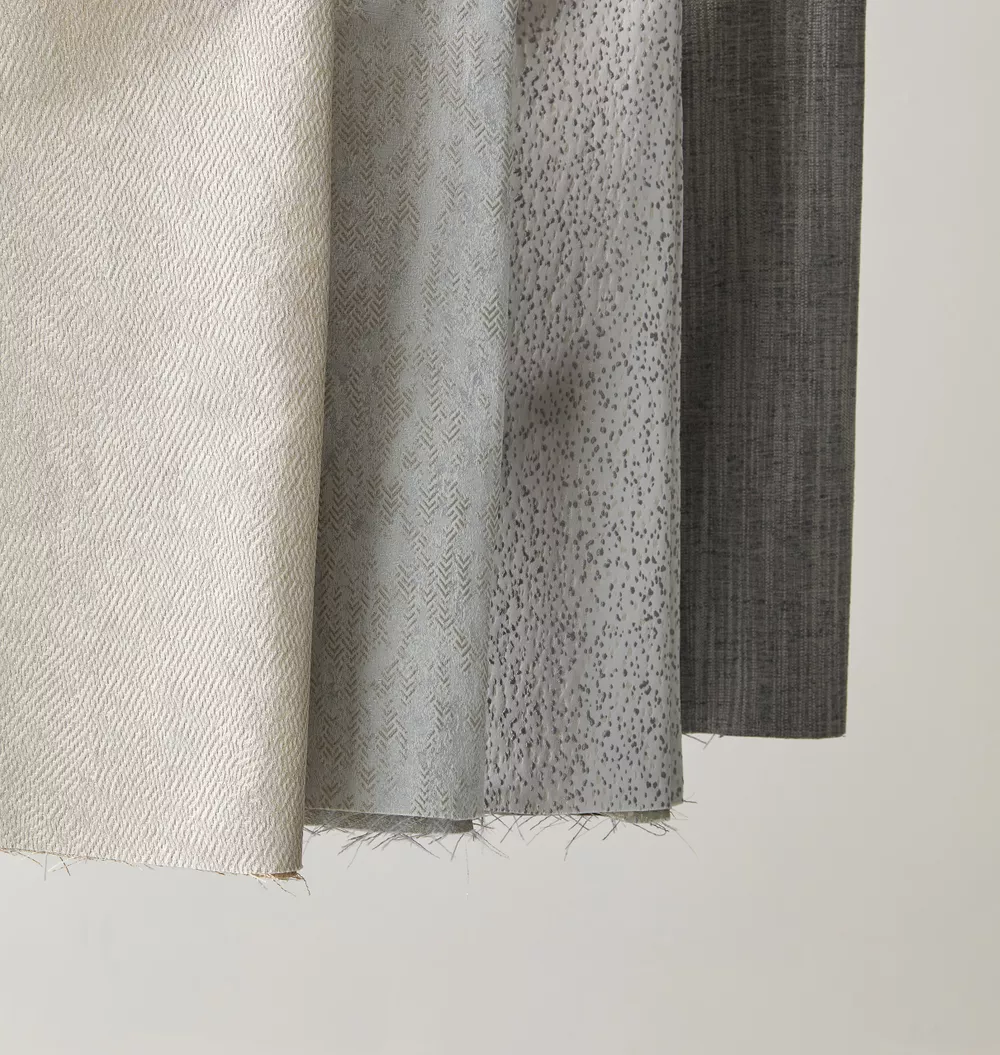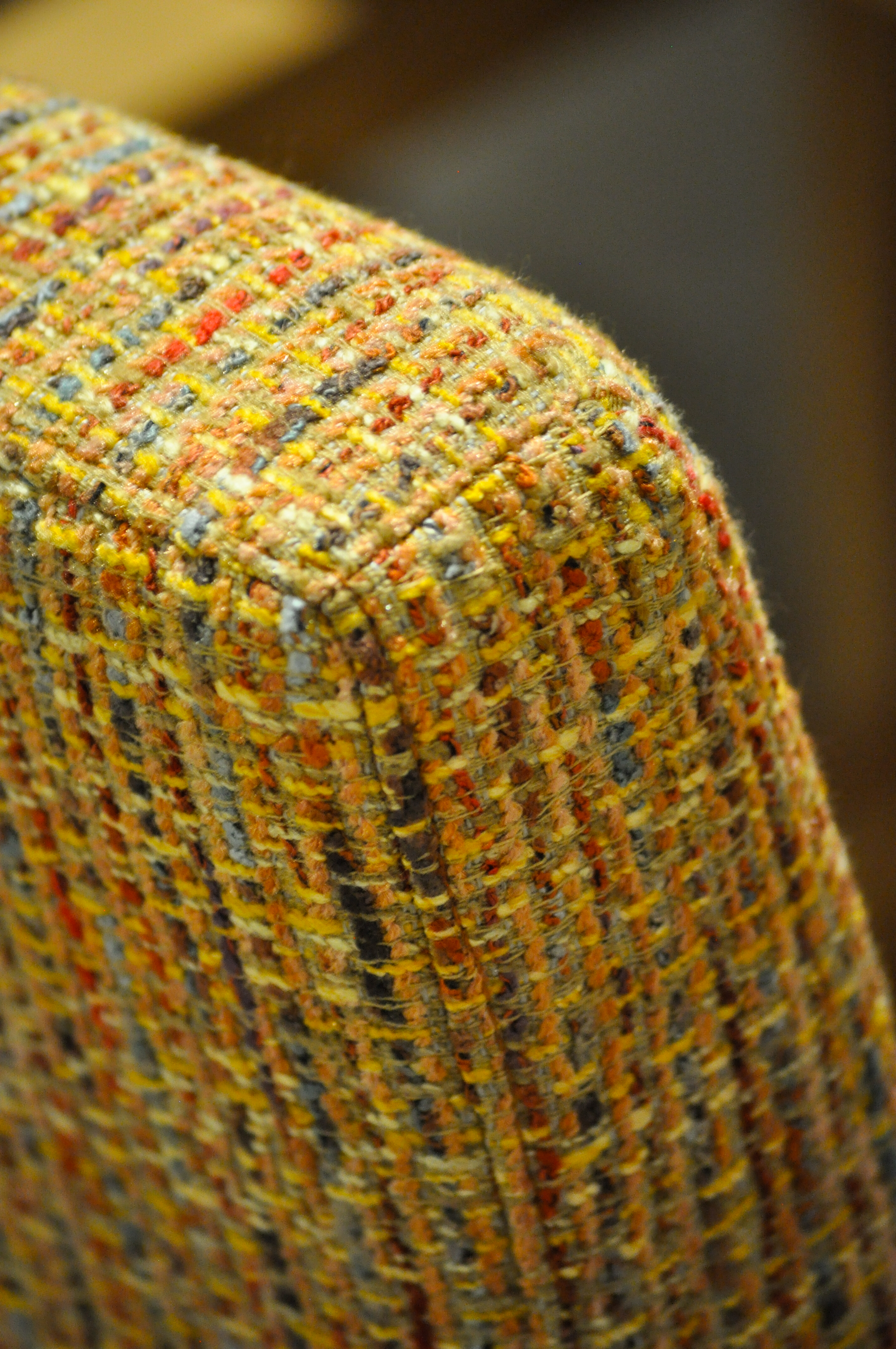- Products
- Collections
- Projects
- Resources
- Customisation
- About
- Contact

- Products
-
Dining
-
Lounge
-
Bedroom
-
Outdoor
-
Brands
-
- Collections
- Projects
- Resources
- Customisation
- About
- Contact

Keep your furniture looking and functioning like new with our easy tips for cleaning, tightening, and replacement parts.
Design-Led Furniture

Where there are strengthening or connecting bolts in solid timber (e.g. bed headboards and table bases) they may need tightening down with an allen key if there is any slight natural movement in the timber.
Please call for spares or assistance if required. The most common request we have is for replacement locks and spare keys, please use let us know if it is for a left hand or right hand door or for a drawer.
Surfaces of cabinets, doors, tabletops etc are melamine faced and need only wiping with a damp soft cloth and then a dry cloth to keep clean. Soap or detergent can be used for organic stains but avoid unnecessary wetting or abrasive cloths and cleaners, and use proprietary cleaners as directed when needed for stubborn stains
Including all healthcare specific fabrics, should be routinely cleaned to retain its looks by vacuuming and wiping with a damp cloth. Remove spillages promptly with an absorbent dry cloth, and use liquid soap with warm water for soiling. Water based proprietary cleaners can be used, following instructions carefully, you can use safe solvents such as mineral spirit. Bleach diluted 1:10 with water can be used to disinfect. Important: Remove all cleaning product residues as they inhibit stain repellents.
Trays are manufactured from a very rugged plastic and should not stain. They can be cleaned and scrubbed using soaps, detergents or proprietary cleaners as directed, or disinfected with bleach diluted 1:10 with water. Please avoid getting the bed itself wet.


(Or leather-look) upholstery should be cleaned with a brush and tepid soapy water, rinsing thoroughly with clean water. Never use polish, stain remover or solvent.
Polished timber components such as table bases, bed legs and headboards: wipe over with a damp cloth and then a dry cloth. Soap and detergent cleaners can be used if necessary but avoid solvents, abrasives and cleaners containing silicon, which can degrade the lacquer over a period of time.